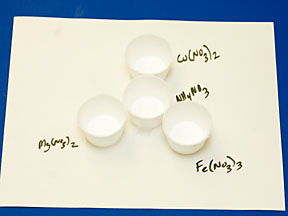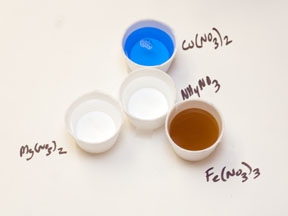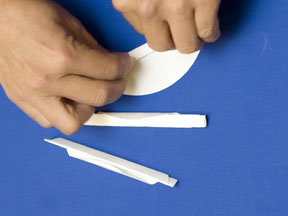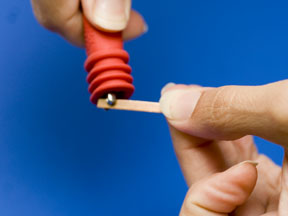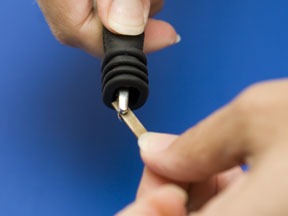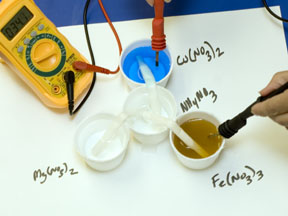SAFETY NOTES: Normal precautions should be used as when working with any chemical solution.
GENERAL INSTRUCTIONS: Each bench will work as a team to build and test a set of three cells. The class will need to pool their data to complete the entire potential series.


